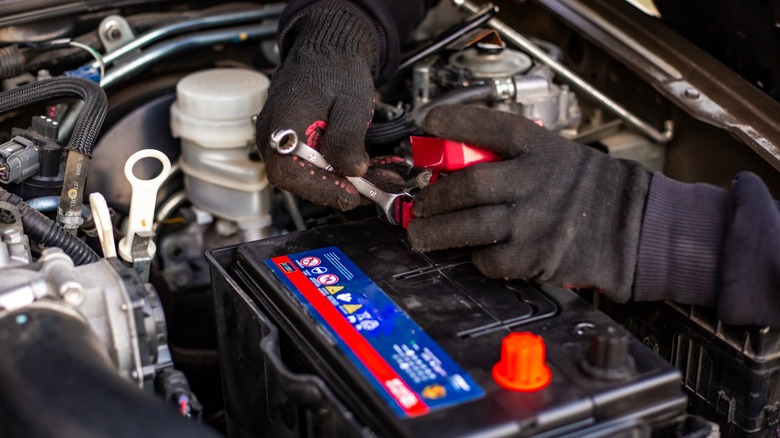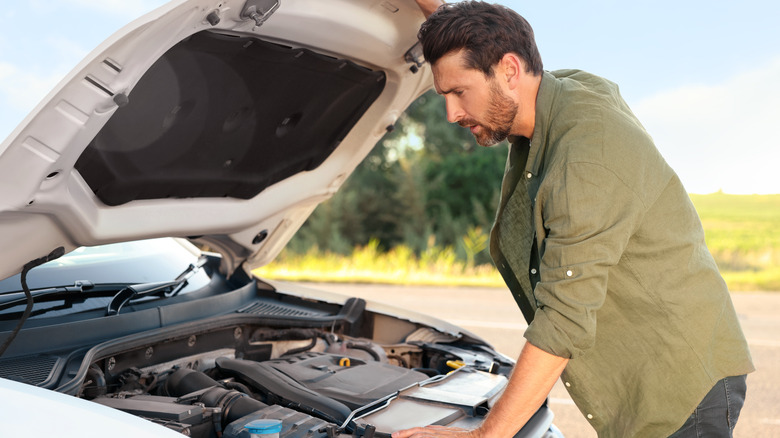What Happens If A Car Battery Is Installed Wrong?
Installing a new car battery might seem straightforward, but connecting it incorrectly — usually by swapping the positive and negative cables – can cause major damage. A backward connection directs electricity the wrong way, which can overload circuits, fry electrical components, and even ruin the battery. Modern cars are more at risk because they rely heavily on electronics. A reversed battery can knock out systems like the engine control module, safety sensors, and infotainment systems. In older vehicles, the damage may be limited to blown fuses or a worn alternator.
One of the first signs you've installed the battery wrong is unusual electrical behavior, resulting from damage to parts like the alternator. Instead of starting normally, the dashboard lights might flicker or go completely dark, and the engine may not respond at all when you turn the key. You might also hear strange car sounds like clicking or whining from under the hood or near the fuse box. A burning smell is another red flag– it could mean wires are overheating or plastic insulation is melting, especially near the battery. In some cases, the battery itself may swell or leak fluid, showing it's under stress from being installed wrong.
What to do if you installed a car battery wrong
If you suspect you connected the battery incorrectly, the first thing to do is stop. Do not attempt to start the car or test anything further. If you haven't turned the engine on yet, you may have prevented serious damage. Turn off all electrical systems, pop the hood, and disconnect your car's battery as soon as it's safe.
If the car battery looks damaged — swollen, ruptured, or leaking fluid — don't touch it. Call a professional. But if it looks fine and wasn't connected for long, you might be in the clear. Carefully remove the cables, starting with the negative terminal to avoid sparks. Only reconnect the battery if you're sure there's no heat damage, alternator failure, or blown fuses. When reinstalling, attach the positive terminal first, then the negative, and make sure the battery is secure. Even if the car seems fine afterward, you should still have a mechanic take a look. Some electrical issues take time to show up, and a quick diagnostic check can catch problems early before they turn into expensive repairs. Better safe than sorry.
Going forward, make sure to double-check the battery terminals before installing. The positive terminal is marked with a plus (+) sign and usually connects to a red cable, while the negative terminal has a minus (-) sign and connects to the black one. When in doubt, take a quick photo of the old battery set up before removing it — it's a simple step that can save you a lot of trouble down the road.

